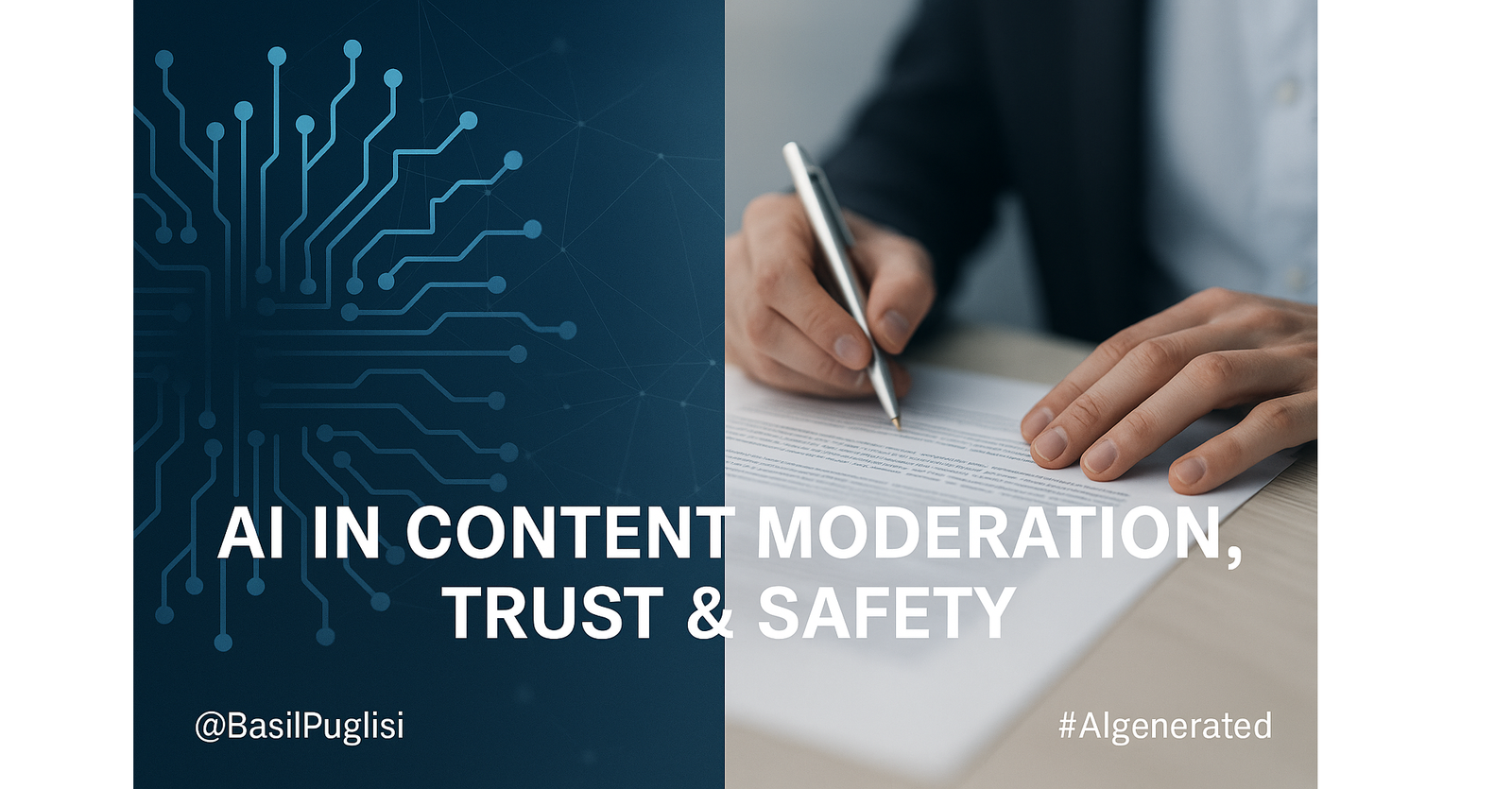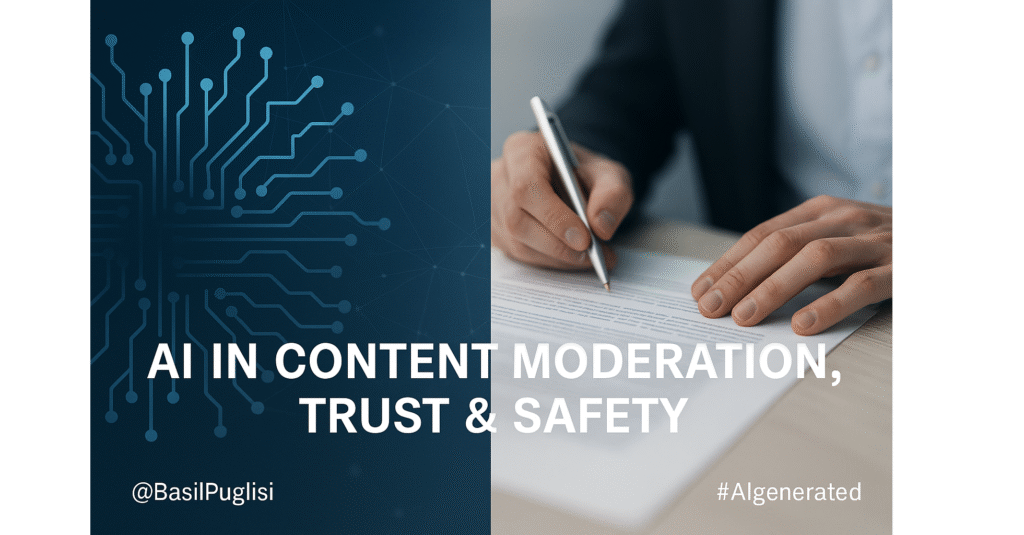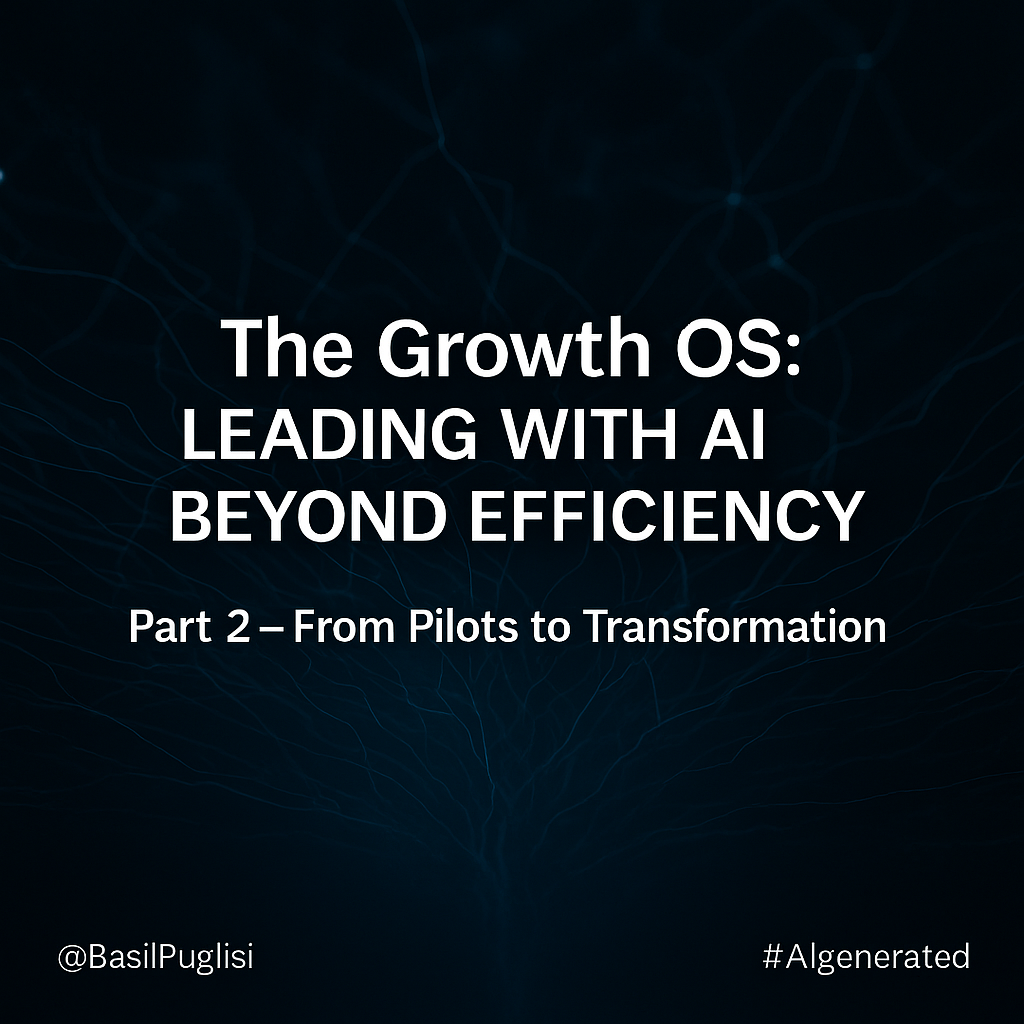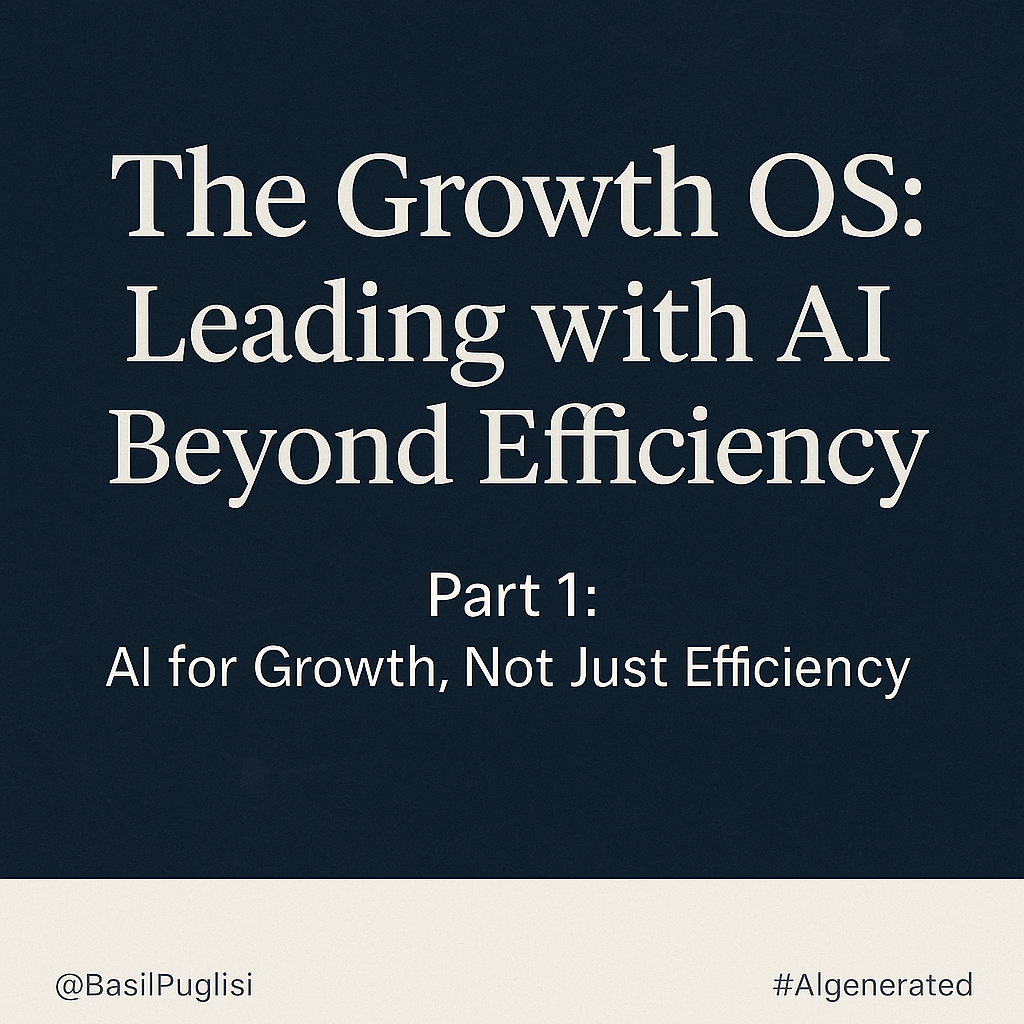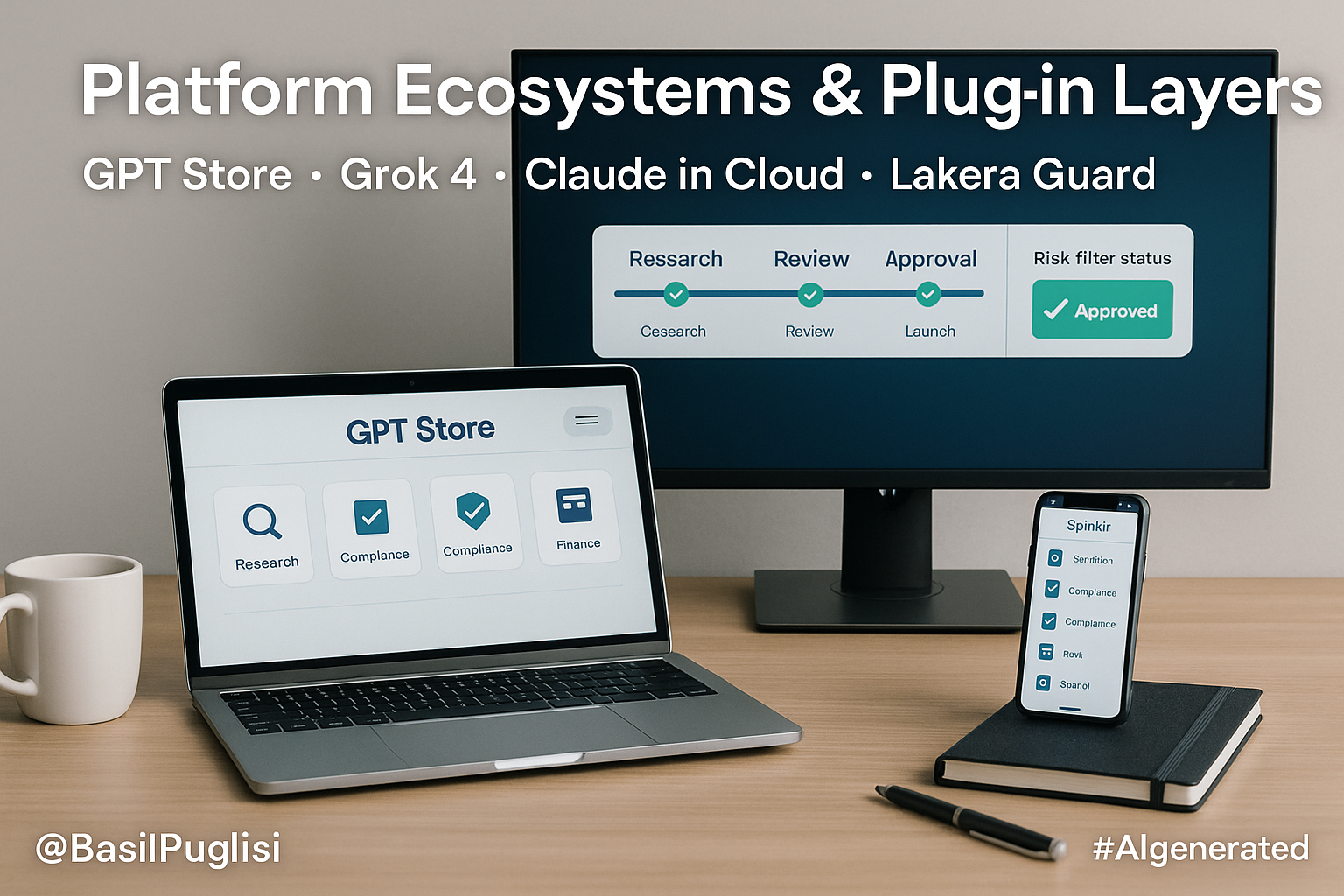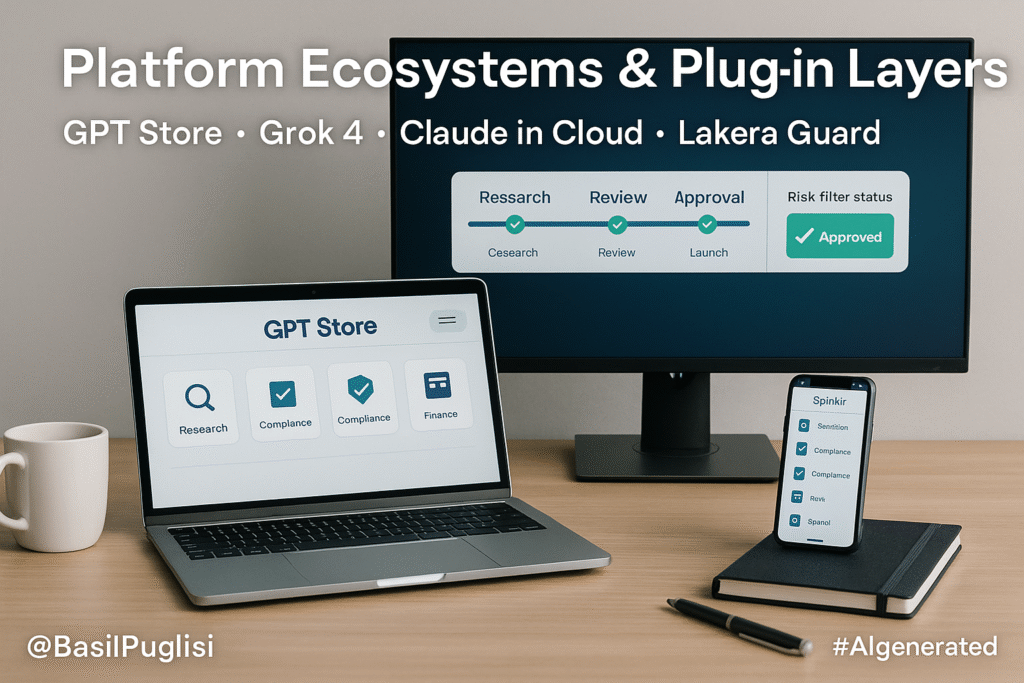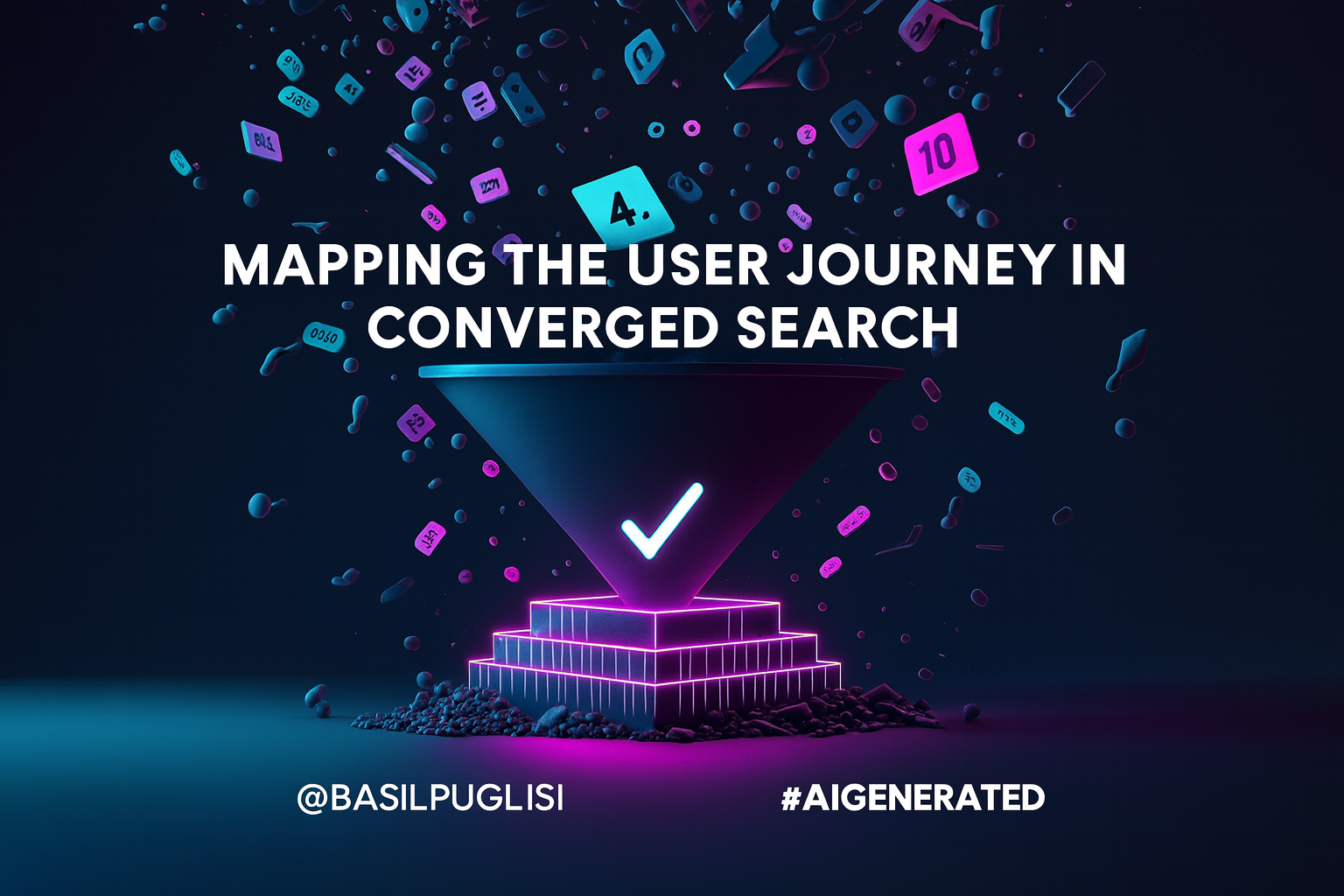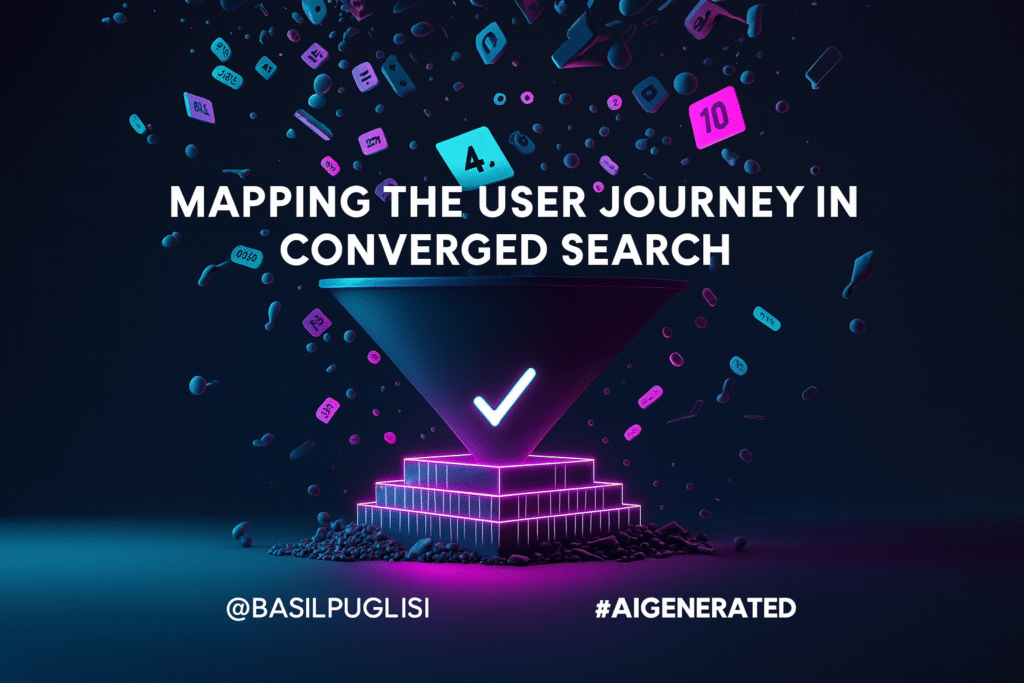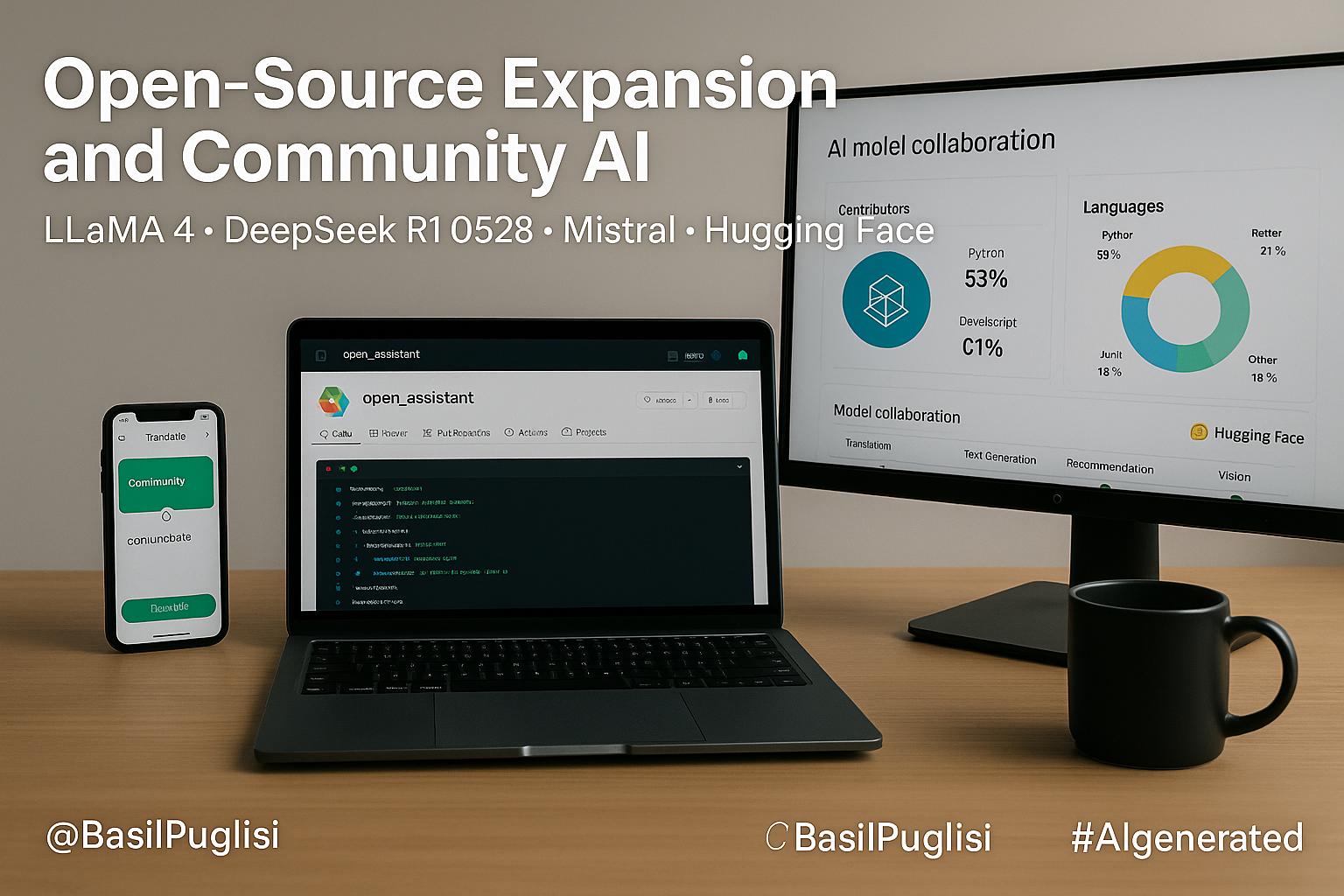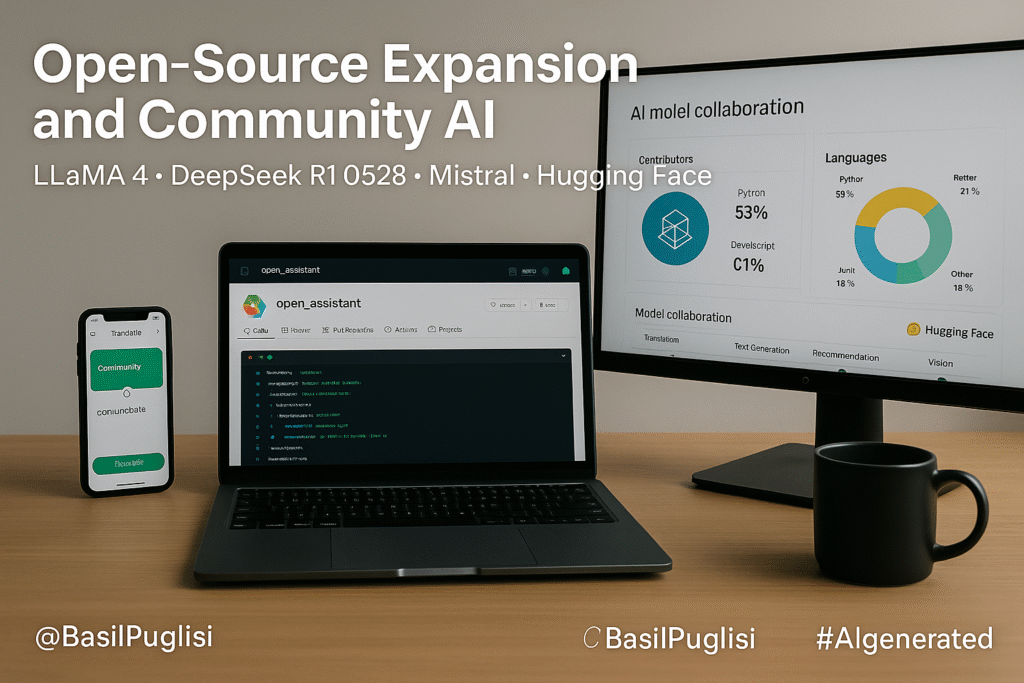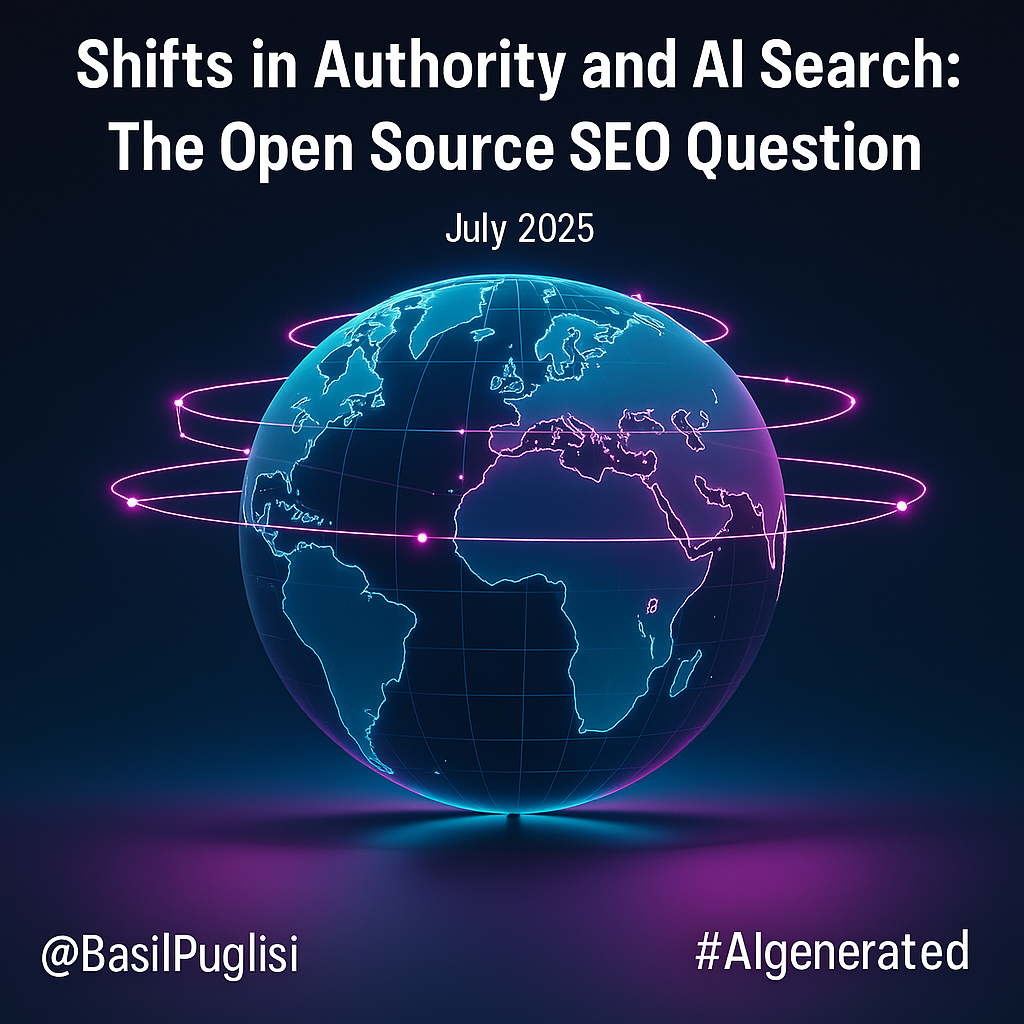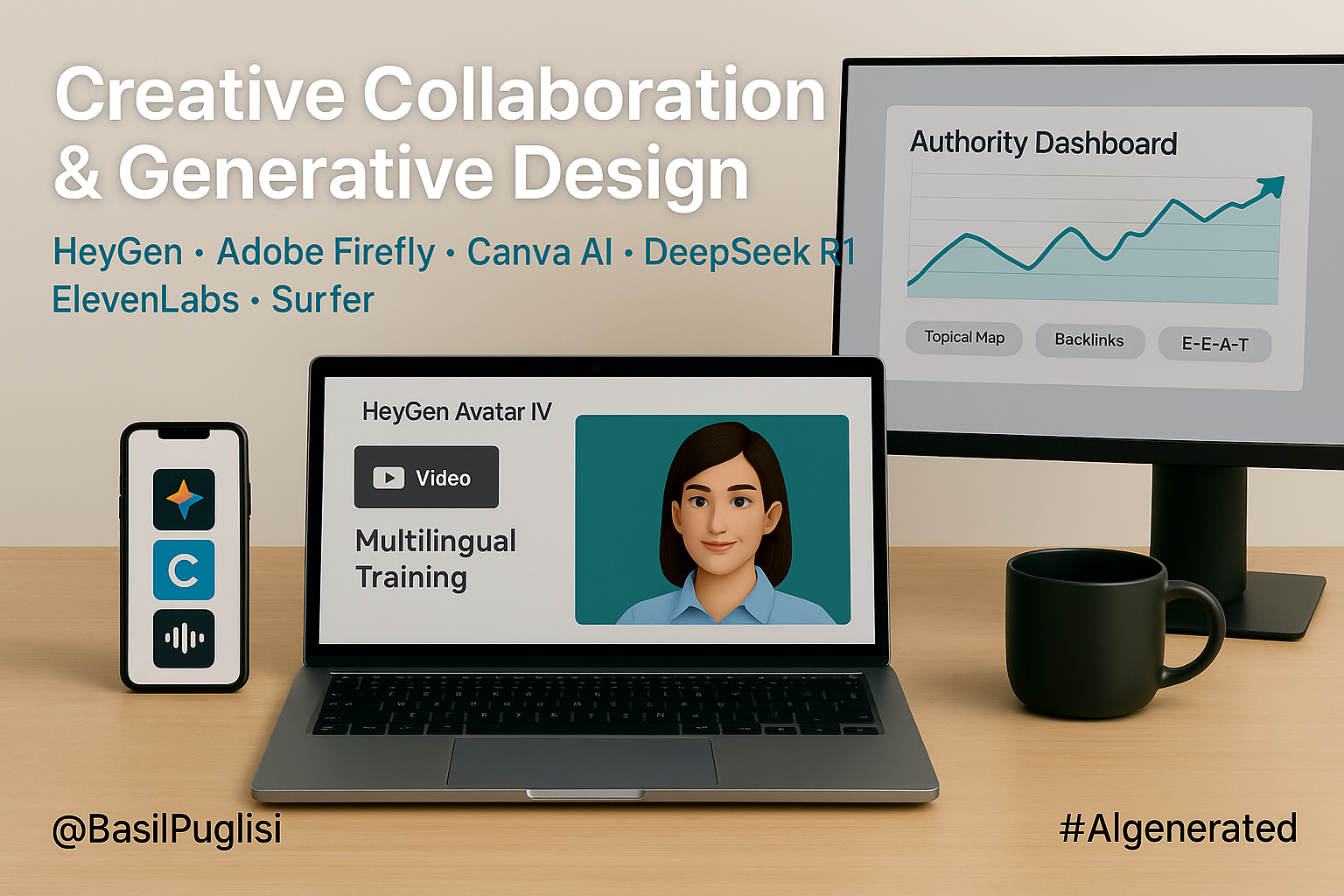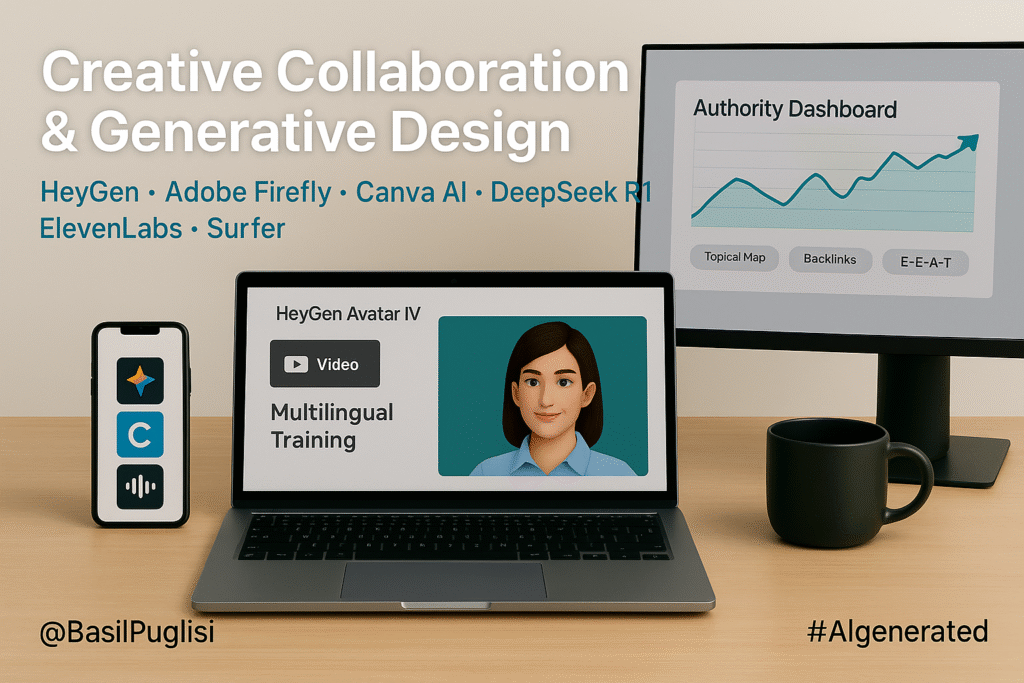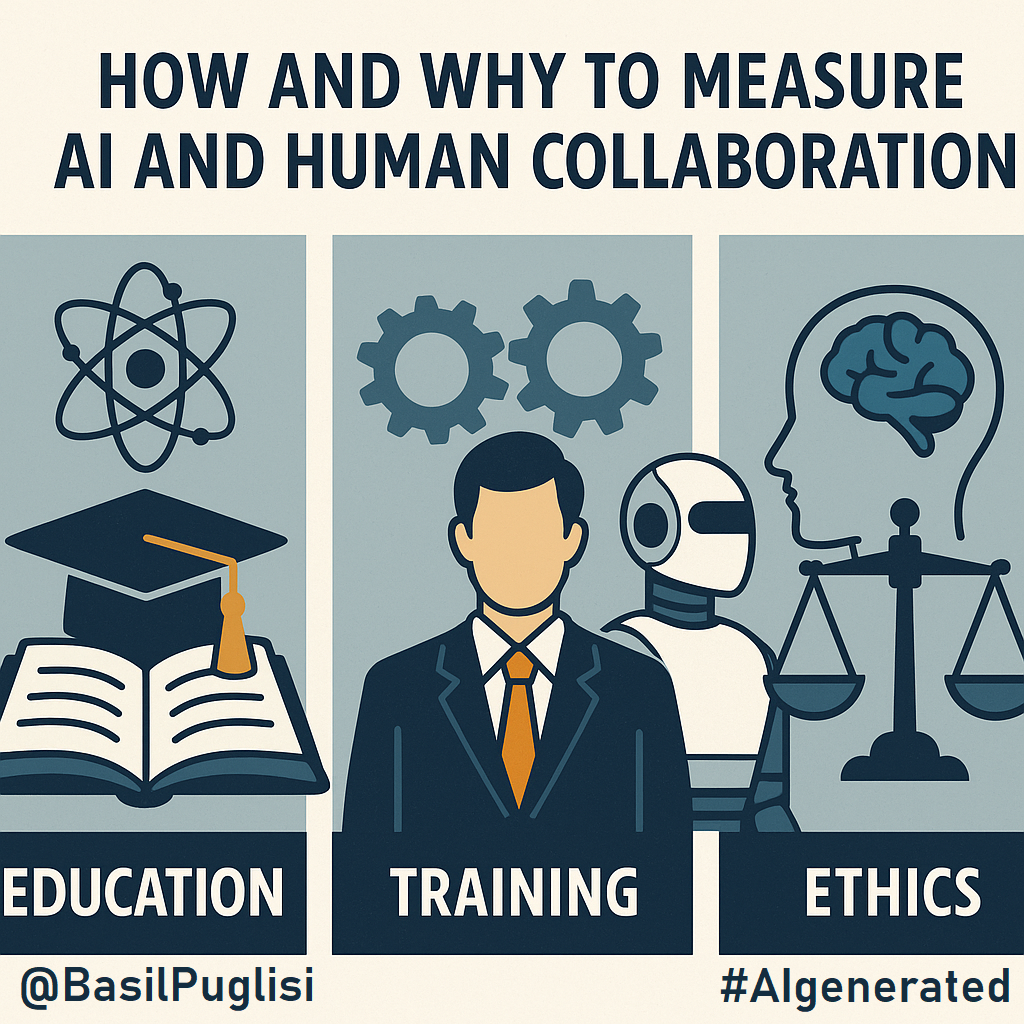
The idea that AI could make us smarter has been around for decades. Garry Kasparov was one of the first to popularize it after his legendary match against Deep Blue in 1997. Out of that loss he began advocating for what he called “centaur chess,” where a human and a computer play as a team. Kasparov argued that a weak human with the right machine and process could outperform both the strongest grandmasters and the strongest computers. His insight was simple but profound. Human intelligence is not fixed. It can be amplified when paired with the right tools.
Fast forward to 2025 and you hear the same theme in different voices. Nic Carter claimed rejecting AI is like deducting 30 IQ points from yourself. Mo Gawdat framed AI collaboration as borrowing 50 IQ points, or even thousands, from an artificial partner. Jack Sarfatti went further, saying his effective IQ had reached 1,000 with Super Grok. These claims may sound exaggerated, but they show a common belief taking hold. People feel that working with AI is not just a productivity boost, it is a fundamental change in how smart we can become.
Curious about this, I asked ChatGPT to reflect on my own intelligence based on our conversations. The model placed me in the 130 to 145 range, which was striking not for the number but for the fact that it could form an assessment at all. That moment crystallized something for me. If AI can evaluate how it perceives my thinking, then perhaps there is a way to measure how much AI actually enhances human cognition.
Then the conversation shifted from theory to urgency. Microsoft announced layoffs between 6,000 and 15,000 employees tied directly to its AI investment strategy. Executives framed the cuts around embracing AI, with the implication that those who could not or would not adapt were left behind. Accenture followed with even clearer language. Julie Sweet said outright that staff who cannot be reskilled on AI would be “exited.” More than 11,000 had already been laid off by September, even as the company reskilled over half a million in generative AI fundamentals.
This raised the central question for me. How do they know who is or is not AI trainable. On what basis can an organization claim that someone cannot be reskilled. Traditional measures like IQ, SAT, or GRE tell us about isolated ability, but they do not measure whether a person can adapt, learn, and perform better when working with AI. Yet entire careers and livelihoods are being decided on that assumption.
At the same time, I was shifting my own work. My digital marketing blogs on SEO, social media, and workflow naturally began blending with AI as a central driver of growth. I enrolled in the University of Helsinki’s Elements of AI and then its Ethics of AI courses. Those courses reframed my thinking. AI is not a story of machines replacing people, it is a story of human failure if we do not put governance and ethical structures in place. That perspective pushed me to ask the final question. If organizations and schools are investing billions in AI training, how do we know if it works. How do we measure the value of those programs.
That became the starting point for the Human Enhancement Quotient, or HEQ. I am not presenting HEQ as a finished framework. I am facilitating its development as a measurable way to see how much smarter, faster, and more adaptive people become when they work with AI. It is designed to capture four dimensions: how quickly you connect ideas, how well you make decisions with ethical alignment, how effectively you collaborate, and how fast you grow through feedback. It is a work in progress. That is why I share it openly, because two perspectives are better than one, three are better than two, and every iteration makes it stronger.
The reality is that organizations are already making decisions based on assumptions about who can or cannot thrive in an AI-augmented world. We cannot leave that to guesswork. We need a fair and reliable way to measure human and AI collaborative intelligence. HEQ is one way to start building that foundation, and my hope is that others will join in refining it so that we can reach an ethical solution together.
That is why I made the paper and the work available as a work in progress. In an age where people are losing their jobs because of AI and in a future where everyone seems to claim the title of AI expert, I believe we urgently need a quantitative way to separate assumptions from evidence. Measurement matters because those who position themselves to shape AI will shape the lives and opportunities of others. As I argued in my ethics paper, the real threat to AI is not some science fiction scenario. The real threat is us.
So I am asking for your help. Read the work, test it, challenge it, and improve it. If we can build a standard together, we can create a path that is more ethical, more transparent, and more human-centered.
Full white paper: The Human Enhancement Quotient: Measuring Cognitive Amplification Through AI Collaboration
Open repository for replication: github.com/basilpuglisi/HAIA
References
- Accenture. (2025, September 26). Accenture plans on ‘exiting’ staff who can’t be reskilled on AI. CNBC. https://www.cnbc.com/2025/09/26/accenture-plans-on-exiting-staff-who-cant-be-reskilled-on-ai.html
- Bloomberg News. (2025, February 2). Microsoft lays off thousands as AI rewrites tech economy. Bloomberg. https://www.bloomberg.com/news/articles/2025-02-02/microsoft-lays-off-thousands-as-ai-rewrites-tech-economy
- Carter, N. [@nic__carter]. (2025, April 15). i’ve noticed a weird aversion to using AI on the left… deduct yourself 30+ points of IQ because you don’t like the tech [Post]. X (formerly Twitter). https://x.com/nic__carter/status/1912606269380194657
- Floridi, L., & Chiriatti, M. (2020). GPT-3: Its nature, scope, limits, and consequences. Minds and Machines, 30(4), 681–694. https://doi.org/10.1007/s11023-020-09548-1
- Gawdat, M. (2021, December 3). Mo Gawdat says AI will be smarter than us, so we must teach it to be good now. The Guardian. https://www.theguardian.com/lifeandstyle/2021/dec/03/mo-gawdat-says-ai-will-be-smarter-than-us-so-we-must-teach-it-to-be-good-now
- Kasparov, G. (2017). Deep thinking: Where machine intelligence ends and human creativity begins. PublicAffairs.
- Puglisi, B. C. (2025). The human enhancement quotient: Measuring cognitive amplification through AI collaboration (v1.0). basilpuglisi.com/HEQ https://basilpuglisi.com/the-human-enhancement-quotient-heq-measuring-cognitive-amplification-through-ai-collaboration-draft
- Sarfatti, J. [@JackSarfatti]. (2025, September 26). AI is here to stay. What matters are the prompts put to it… My effective IQ with Super Grok is now 10^3 growing exponentially… [Post]. X (formerly Twitter). https://x.com/JackSarfatti/status/1971705118627373281
- University of Helsinki. (n.d.). Elements of AI. https://www.elementsofai.com/
- University of Helsinki. (n.d.). Ethics of AI. https://ethics-of-ai.mooc.fi/
- World Economic Forum. (2023). Jobs of tomorrow: Large language models and jobs. https://www.weforum.org/reports/jobs-of-tomorrow-large-language-models-and-jobs/

